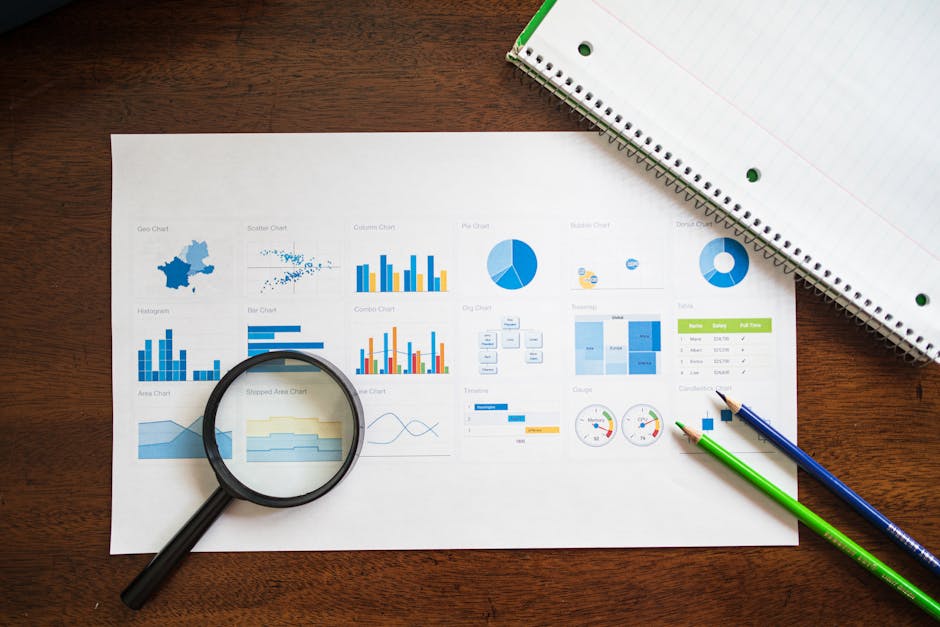
Evocative Visual Storytelling
Evocative visual storytelling is a powerful technique that can captivate and engage audiences by creating a deeper emotional connection through images. It is a form of storytelling that goes beyond words, allowing us to communicate and evoke feelings through visuals.
With evocative visual storytelling, we have the ability to evoke emotions, convey messages, and create narratives that leave a lasting impact on viewers. By leveraging the power of imagery, we can communicate intricate stories, ideas, and concepts that may be difficult to express solely through text.
So how can we use evocative visual storytelling effectively? Here are a few techniques and tools that can enhance the impact of your visual narratives:
- Composition: The way elements are positioned within an image can enhance its emotional impact. Experiment with various compositions to create a sense of balance, focus, and emotion.
- Color: Colors evoke specific emotions and can greatly influence the mood of an image. Use color palettes strategically to convey the desired emotional response.
- Lighting: Lighting plays a crucial role in setting the mood and atmosphere of an image. Explore different lighting techniques to create the desired emotional effect.
- Symbolism: Incorporating symbolic elements in your images can add depth and meaning to your narrative. Use symbols that resonate with your message or story.
- Contrast: Contrast helps draw attention to specific elements within an image and can create a sense of drama or tension. Experiment with contrasting elements to amplify the emotional impact.
- Story Arc: Just like in traditional storytelling, visual narratives can have a structure and progression. Plan your images in a way that creates a captivating story arc, with a clear beginning, middle, and end.
Evocative visual storytelling allows us to connect with audiences on a deeper level, transcending language and cultural barriers. It enables us to create narratives that resonate, provoke thought, and leave a lasting impression.
